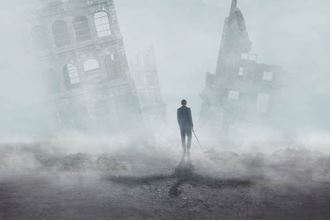David Alden’s 2008 staging is brought back to the Coliseum for its second revival, with an outstanding cast, a compelling translation into English by Amanda Holden and clever moving sets by Charles Edwards. This is a truly interesting performance of a subject – forced marriage, here of Lucia – which is relevant in some communities even today. However, this is the Scottish Highlands and the dark and unattractive costumes, designed by Brigitte Reiffenstuel, are a testament to Highland imagery.
Welcome to Opera Spy
Here, I post my reviews and document my love of opera. I hope you enjoy it. Please feel free to comment on any of my posts or contact me if you wish to.
Have a nice stay!
David Buchler




















